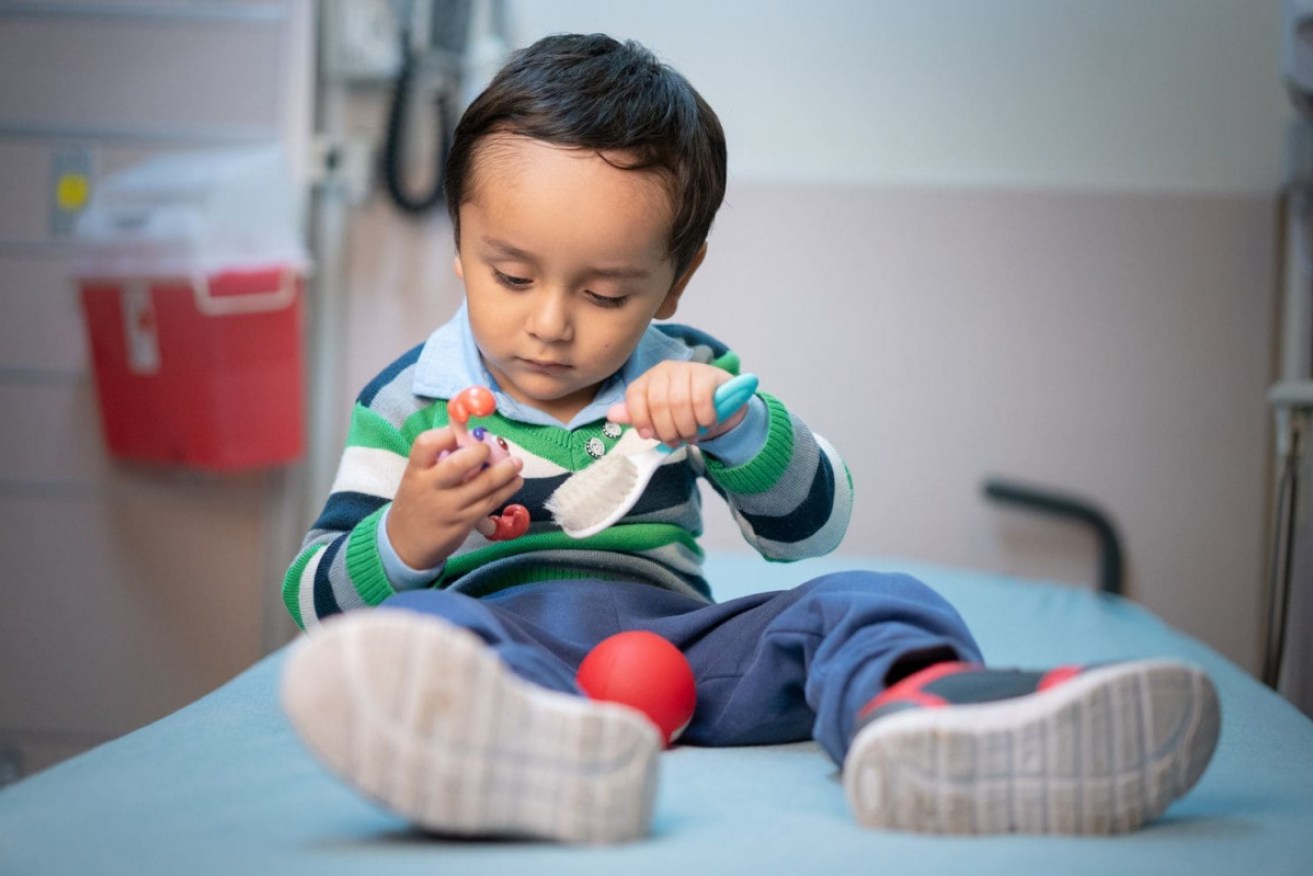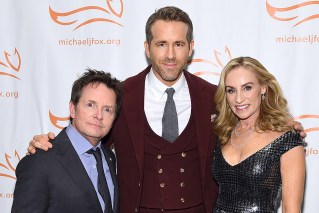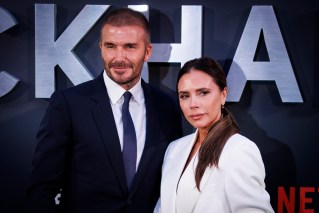Bubble babies cured: Gene therapy appears to restore immunity


Gael Jesus Pino Alva, 2, one of the patients treated with the new gene therapy. He is now out of the bubble. St Jude's Children's Research Hospital
Scientists have used gene therapy to restore fully functioning immune systems in seven babies who were born with a form of ‘bubble-babies’ disease.
Two years after the therapy, the babies are living normal social lives, and weathering colds and other infections that would have previously killed them.
The immune-deficiency condition – more formally known as X-linked severe combined immunodeficiency (X-SCID) – would have otherwise kept them isolated from the world.
If untreated, babies die from the disease within the first or second year of life.
A cure? Or a case of wait and see?
Scientists involved in the breakthrough are using the word “cure”. Others are calling the breakthrough promising, but are taking a wait-and-see attitude.
Gene therapy was attempted with 20 bubble children in the 1990s, five of whom developed leukaemia. Eighteen of those children are still alive, but a shadow was cast over the experimental program.
But the researchers, from St. Jude Children’s Research Hospital in Memphis, in the US, and scientists from the NIH’s National Institute of Allergy and Infectious Diseases (NIAID), believe they have successfully tweaked the therapy to prevent it from causing cancer.
“A diagnosis of X-linked severe combined immunodeficiency can be traumatic for families,” said Dr Anthony S. Fauci, director of NAID, in a prepared statement.
“These exciting new results suggest that gene therapy may be an effective treatment option for infants with this extremely serious condition, particularly those who lack an optimal donor for stem cell transplant.”
A chance to live a full, healthy life
Dr Fauci said the advance “offers them the hope of developing a wholly functional immune system and the chance to live a full, healthy life”.
Infants with X-SCID have no resistance to infection because of inherited mutations in the IL2RG gene. IL2RG has a vital encoding role in the development of immune cells, including T cells, B cells, and natural killer cells (they work to reject tumours and virally infected cells from the body).
When the cells are defective or not present in your body, the world – fresh air, a loving hug – becomes a lethal place.
X-SCID is to an extent treatable – usually by a transplant of bone marrow tissue that serves as an immune-cell factory.
Transfusions have limitations
But only 20 per cent of children have a perfectly matched donor (most often a sibling). Receiving a transplant from an unmatched donor carries risks, but often occurs anyway.

The bio-secure plastic bubble was home for David Vetter for his 12 short years on Earth. Photo: Getty
Either way, immunity via transfusion is often only partly restored. As a consequence, patients require monthly infusions of antibodies called immunoglobulins.
The new gene therapy may prove to be a one-stop shot at kick-starting lifelong healthy immunity.
The interim results from the clinical trial, still in progress, were published this week in The New England Journal of Medicine.
Eight children, aged between two and 14 months, took part in the study.
The first step in the therapy was obtaining blood-forming stem cells from the patient’s bone marrow.
An engineered benign form of a lentivirus – in this instance, the shell of the HIV virus that causes AIDS – was used as a carrier, or vector, to deliver the healthy, uncorrupted IL2RG gene to these stem cells.

David Vetter wore a special space suit that allowed him to walk around his home and play with his sister. Photo: Wiki Commons
The patient meanwhile received a low dose of the chemotherapy medication busulfan to prepare the body for the healthy genetic material.
Finally, the mutation-free stem cells were infused back into the patient, where they become established in the bone marrow and begin producing new blood cells.
Seven of the children, according to a prepared statement, experienced substantial improvements in immune system function – including healthy production of T cells, B cells, and natural killer cells – and were growing normally up to two years after treatment.
Babies removed from their bubbles, now running free
One of the babies was initially non-responsive and was re-treated with the gene therapy – which increased his T cell count.
“We were able to remove the protective isolation within three to four months post gene therapy and send the babies home to their families,” said lead author Ewelina Mamcarz, a pediatric hematologist-oncologist at St. Jude’s, in a telephone press conference about the study.
“They are all toddlers now, exploring life, attending day cares, and this part has been extremely rewarding.”
Bubbles babies are extremely rare. About 200 are born in the US each year. They came to notice in the 1970s, with the film The Boy In the Plastic Bubble, starring John Travolta and based on the short life of American David Vetter, who died at the age of 12.








